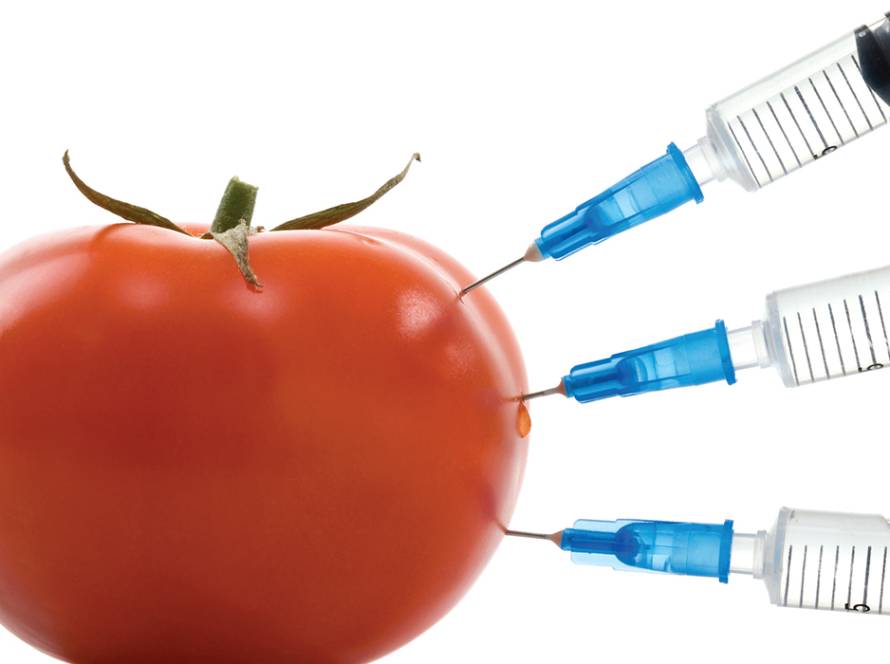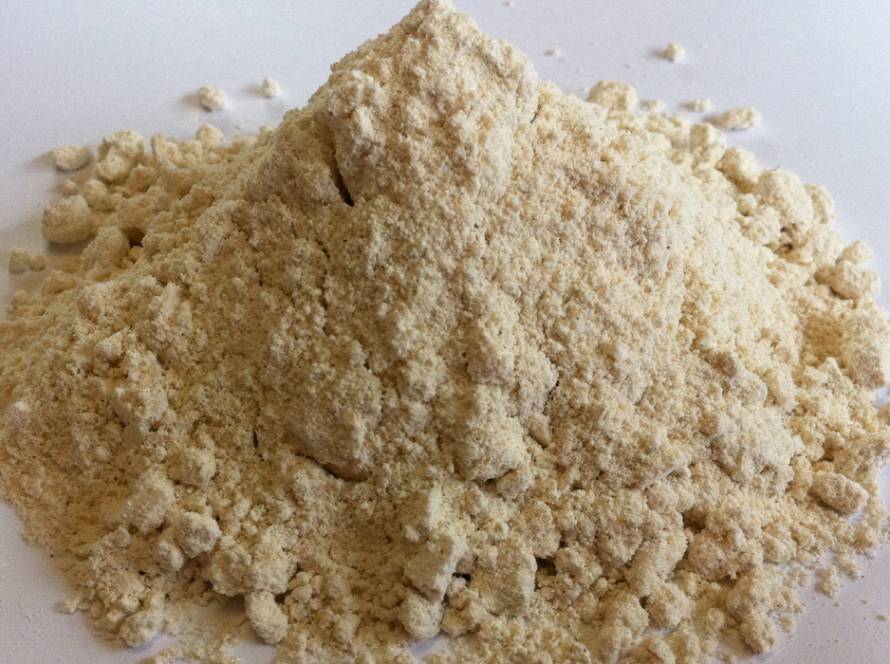Tomato farmers often complain about the lack of fruit setting, with flowers dropping off frequently. The main reason for this is severe weather fluctuations, such as the large difference in temperature between day and night, as well as the temperature changes over consecutive days (thermal fluctuations). Sometimes, increased humidity—whether atmospheric or from the soil—combined with alternating dry and moist winds, can also contribute. Inadequate fertilization and nutrient imbalances, especially essential elements needed for these processes, affect plant nutrition, impairing their ability to perform these vital functions. These elements include magnesium, zinc, calcium, manganese, boron, and molybdenum. They are crucial for supporting hormones responsible for fertilization and proper fruit setting without complications.
The prolonged hot weather leads to excessive vegetative growth at the expense of flowering, fertilization, and fruit setting, which further exacerbates the issue.
Let’s first define what “blossom drop” is and its causes:
Blossom drop refers to the phenomenon where newly-formed fruits die off, and this can happen either at a high or low rate. The phenomenon increases due to the following reasons:
- Large temperature fluctuations between day and night.
- Increased atmospheric humidity or free moisture.
- Poorly managed irrigation.
- Plants experiencing drought stress.
- Excessive irrigation leading to high soil moisture, suffocating the roots, and causing flowers to drop.
- Excessive nitrogen fertilization, especially urea.
- Insufficient phosphorous fertilization.
- Lack of adequate potassium fertilization.
- A sharp deficiency in calcium and boron levels.
- Increased cloud cover and morning fog.
- High salinity in the soil or irrigation water.
- Root damage caused by diseases, whether insect-related, fungal, or nematode-related.
- Susceptibility to fungal infections such as powdery mildew or anthracnose.
- Mechanical flower drop due to high winds or spraying processes (whether for pest control or nutrient application), particularly when using high-pressure sprayers.
- Blossom drop caused by spraying plants with copper-based fungicides during warm weather.
- Blossom drop due to improper use of plant growth regulators (this is a frequent cause), or from improper mixing of chemicals or using fertilizers at higher-than-recommended doses.
Treatment for this problem or phenomenon in 5 steps:
- Stop nitrogen fertilization completely for 4 days, or use it sparingly if growth is weak, and only in the form of calcium nitrate or ammonium sulfate. Apply no more than 3-4 kg of either.
- Reduce irrigation rates compared to normal, almost to a level of “dry fasting.” Ensure that irrigation happens only in the late afternoon.
- Add 4-5 liters of phosphoric acid with the irrigation water for two consecutive watering sessions.
- Inject potassium nitrate along with magnesium sulfate, at a rate of 1.5-2 kg of each.
- Morning spray with the following mixture: (400 grams of seaweed extract + 500 grams of high magnesium, manganese, and iron micronutrients + 25 cc cytokinin / 300 liters of water per feddan). Follow with a spray of calcium boron at a rate of 1.5-2 cc per liter, or 3 liters injected into the irrigation water.
Other Measures and Precautions:
- Spray cucumber plants with flower-set stimulants and then, after 2-3 days, spray with calcium/boron.
- Regulate irrigation and avoid over-watering.
- Plant in soil with low salinity and use low-salinity irrigation water.
- Spray plants with auxins during early flowering at the recommended rates: 60 grams of Amucton per 100 liters of water + 2 Berlex tablets. Repeat the application after 10 days.
- Maintain balanced fertilization with the correct amounts.
- Control fungal and insect pests, especially powdery mildew and blossom blight (Botrytis), regularly.
Source: Dr. Mohamed Ali Fahim
Written by:
smart.land



